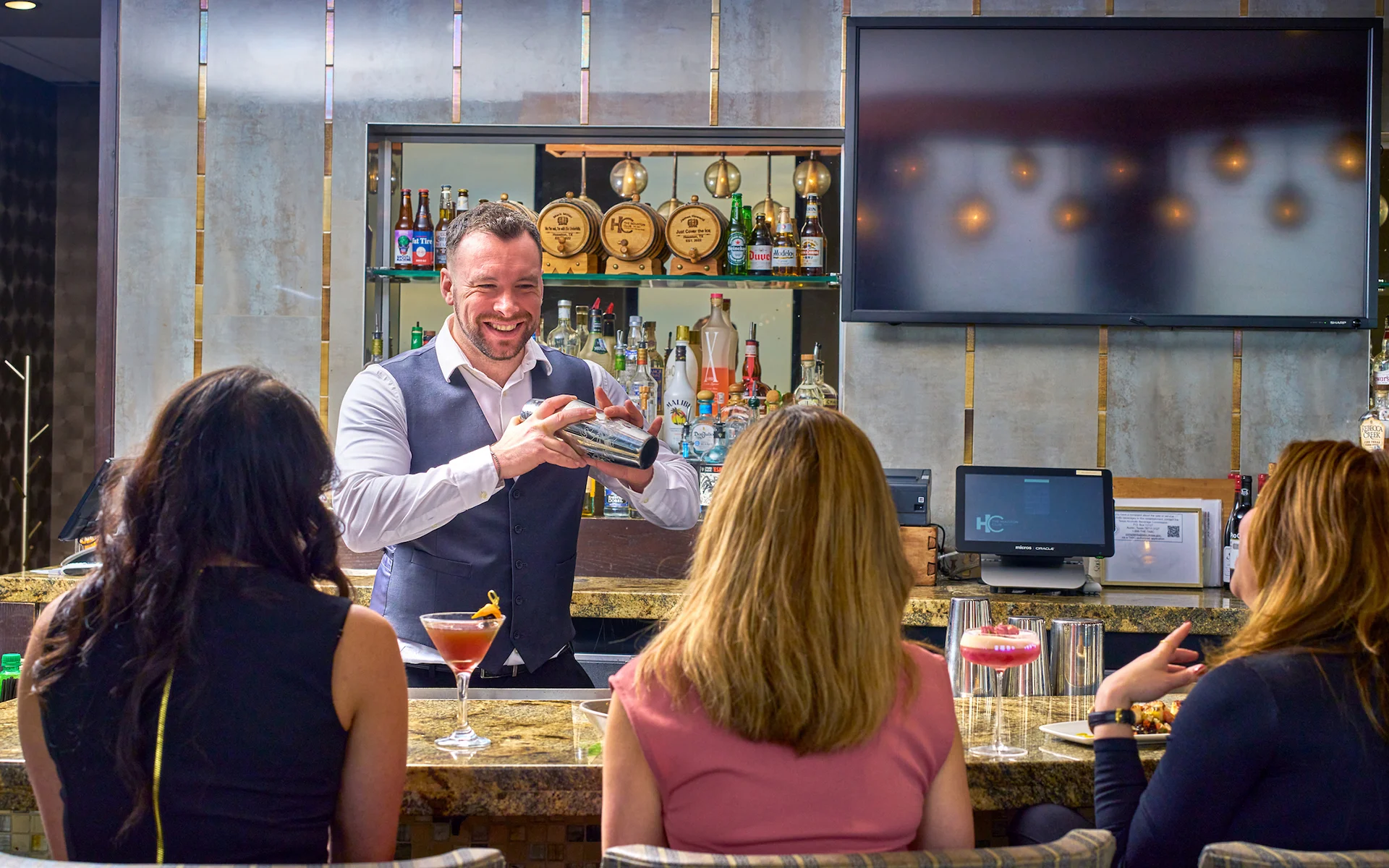Augmented Reality in Retail: Enhancing Shopping Experiences and Sales

The retail landscape has undergone a significant transformation in recent years, driven by advances in technology and changing consumer expectations. One of the most exciting developments in this space is augmented reality (AR). By blending the physical and digital worlds, augmented reality provides unique experiences that not only enhance shopping but also drive sales. This article will explore the various ways in which augmented reality is revolutionizing retail, its benefits for both consumers and businesses, and real-world examples of AR applications in the retail sector. We will also discuss how augmented reality for businesses can be effectively implemented to achieve optimal results.
Understanding Augmented Reality in Retail
Augmented reality involves overlaying digital information—such as images, videos, and 3D models—onto the real world, typically through smartphones or AR glasses. Unlike virtual reality, which immerses users in a fully digital environment, augmented reality enhances the user’s perception of their surroundings by adding layers of digital content. In the retail context, AR allows customers to visualize products in their own environment before making a purchase, creating a more interactive and engaging shopping experience.
Enhancing Customer Experience
Virtual Try-Ons
One of the most impactful applications of augmented reality in retail is the virtual try-on feature. Fashion retailers and cosmetics brands leverage AR technology to allow customers to “try on” clothing, accessories, or makeup virtually. For example, apps like Warby Parker enable customers to see how different eyeglasses look on their faces using their smartphone cameras. This capability reduces the uncertainty associated with online shopping and enhances customer confidence, leading to higher conversion rates.
Interactive Product Displays
Augmented reality also transforms traditional product displays into interactive experiences. Retailers can use AR to provide customers with additional information about a product by scanning QR codes or images. This information can include details about the product’s features, benefits, and usage instructions. For instance, furniture retailers like IKEA have implemented AR apps that allow customers to visualize how a piece of furniture would look in their homes, thereby helping them make informed decisions.
Personalized Shopping Experiences
With augmented reality, retailers can offer personalized shopping experiences tailored to individual preferences. By using AR technology to analyze customer behavior and preferences, businesses can create custom recommendations and offers. For example, clothing retailers can provide personalized styling tips and outfit suggestions based on a customer’s previous purchases and preferences, enhancing engagement and encouraging additional sales.
Boosting Sales and Conversions
Reducing Return Rates
One of the significant challenges in e-commerce is the high return rate due to products not meeting customer expectations. Augmented reality helps mitigate this issue by allowing customers to visualize products in their environment before purchasing. By providing a clearer understanding of product dimensions, colors, and how they fit into their space, retailers can significantly reduce return rates. This not only improves customer satisfaction but also enhances profitability by minimizing return-related costs.
Increasing Engagement and Time Spent in Store
Augmented reality experiences can significantly increase customer engagement, leading to longer time spent in-store or on apps. When customers interact with AR displays, they are more likely to explore additional products and offerings. For instance, brands that integrate AR experiences into their physical stores can create immersive environments that encourage exploration. This increased engagement translates into higher sales as customers are more likely to make impulse purchases when they are captivated by the shopping experience.
Encouraging Social Sharing
Augmented reality experiences are inherently shareable. Customers often share their AR interactions on social media, providing retailers with organic marketing exposure. When customers showcase their virtual try-ons or AR experiences online, it generates buzz and attracts new customers. Brands that effectively encourage social sharing through AR experiences can leverage this user-generated content to enhance their online presence and drive sales.
Real-World Applications of Augmented Reality in Retail

Sephora’s Virtual Artist
Sephora’s Virtual Artist app allows customers to try on makeup virtually. By using AR technology, customers can see how different products look on their skin tones before making a purchase. This innovative approach has significantly enhanced customer engagement and sales for the brand, providing an interactive way to explore products without the need for physical samples.
Lowe’s Holoroom
Lowe’s has implemented its Holoroom, an augmented reality design tool that allows customers to visualize home improvement projects. Users can create 3D designs of their spaces and experiment with different products and layouts. This interactive tool empowers customers to make informed decisions, ultimately increasing sales for the retailer.
Nike’s AR Experience
Nike has embraced augmented reality to enhance customer experiences both in-store and online. Through their app, customers can scan products to access detailed information and see how shoes fit and look in 3D. This immersive experience not only engages customers but also drives conversions by making the shopping process more interactive.
Implementing Augmented Reality for Businesses
To successfully implement augmented reality for businesses, retailers should consider the following strategies:
Understand Your Audience
Before diving into AR implementation, businesses must understand their target audience and what they seek in a shopping experience. Conducting surveys and analyzing customer behavior can provide valuable insights that inform AR strategies.
Choose the Right Technology
Selecting the appropriate AR technology is crucial for success. Retailers should consider factors such as the target platform (mobile app or in-store), integration capabilities with existing systems, and user-friendliness. Partnering with experienced AR developers can help businesses create a seamless and effective experience.
Promote Awareness
Once AR experiences are live, retailers should actively promote them to drive customer engagement. Utilizing social media, email campaigns, and in-store promotions can increase awareness and encourage customers to explore the AR features.
Measure Success
Finally, it is essential to measure the success of augmented reality initiatives. Businesses should track key performance indicators (KPIs) such as engagement rates, conversion rates, and customer feedback to assess the effectiveness of their AR strategies and make necessary adjustments.
Conclusion
Augmented reality is a powerful tool that is reshaping the retail landscape by enhancing shopping experiences and driving sales. From virtual try-ons to interactive displays, AR provides innovative solutions that engage customers and reduce return rates. As more retailers adopt augmented reality, it is essential to understand the technology’s potential and implement effective strategies to leverage its benefits. By embracing augmented reality for businesses, retailers can not only improve customer satisfaction but also achieve a competitive edge in the ever-evolving retail market. The future of shopping is here, and augmented reality is at the forefront of this transformation.




